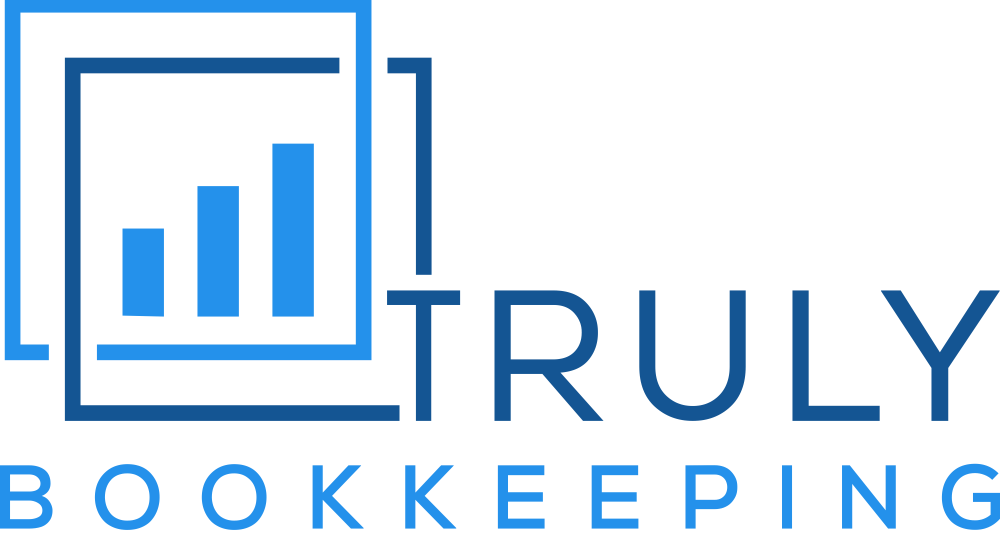How to Analyze a Profit and Loss Statement

How to Analyze a Profit and Loss Statement
Wouldn’t it have been great if being a business owner came with an instruction manual? Just a little guide that would show us how to do things like write contracts, send email campaigns, and connect our bank accounts to Quickbooks?
Unfortunately that is not the case but there are plenty of resources online that provide bits and pieces of information we need to know as business owners.
In fact, if I was writing a manual for business owners, knowing how to read a profit and loss statement (also known as a P&L or Income Statement) would be one of the first things taught. Not only does knowing how to read one make navigating Quickbooks easier but it can actually help you better understand how your business is doing financially.
In the following article we will dive into the 3 main components of a Profit and Loss Statement, Income, Cost of Goods Sold and Expenses.
Income
Income is what you receive from sales of products or services. It can also be revenue you receive from other activities like investing or affiliate income. How income appears on your profit and loss is going to be largely dependent on how you set up your chart of accounts.
Generally it is best to not separate your accounts based on clients. Instead it may be best to batch your accounts based on the type of service or products.
For example, if you own a women’s clothing boutique. It may make sense to have separate line items for shoes, formal wear, and casual wear. This can be fairly helpful information without it being overwhelming.
Simultaneously you will want to avoid listing specific items like jean pants, jean shorts, etc. as your accounts. If you were to follow this strategy, you may find yourself with an extremely long chart of accounts and Income Statement. Leaving you with a report that can provide very little useful information.
Ideally you should be able to look at your income and have a general understanding of what activities are producing the most income.
Cost of Goods Sold
Your Cost of Goods Sold (COGS) is going to be all costs that go into selling your products or services. For example, if we refer back to our shopping boutique example, this is going to include things like the cost of purchasing the clothes to then sell, the labor of the sales reps, and the tags you add to the clothing items.
This will not include administrative items that support the business. Those we will discuss in the upcoming section.
Ideally, your COGS will increase and decrease as your sales do. If your sales were to stop completely, then your COGS should as well.
Expenses
The third category, expenses, is going to list all the transactions that go into supporting the business. This will not include things like raw materials or direct labor but instead include items like professional service fees, marketing, rent, utilities, and your Google suite.
Like COGS, you will want to make sure the accounts listed under expenses are organized so you can see a quick overview of expense categories. For example, you wouldn’t want a separate account for Facebook ads, content creation services, and pamphlets. Instead it would be more appropriate to have a single account labeled, marketing.
This can change from one organization to the next depending on your industry and KPI’s. Which is why we always recommend talking with your accountant about your chart of accounts when setting up your bookkeeping application.
Profit
Wait – aren’t there only 3 sections? Technically, yes but profit is what you get at the end of the P&L. So it looks like:
Income – Cost of Goods Sold – Expenses = Profit
Profit is what you have after your expenses are paid. Depending on your business structure and model, you may use profit to invest back into your business or save it as an emergency fund.
Generally speaking, you should be producing a profit every month. Making this part of your finance strategy can provide you with the flexibility you need to grow.
No, there isn’t a “how to run your business” official manual but there are plenty of great resources and professionals out there to help you find success.
Knowing how to navigate a Profit and Loss statement is going to be one of the key elements in finding empowerment in your business. It doesn’t have to be complicated either. Understanding the big picture can be a simple first step in making big changes within your business.
If you are looking to partner with an accountant to better understand your financial statements, consider us. We work hand in hand with women business owners of all types to better navigate the sometimes complicated world of bookkeeping.
Click the button below to learn more:
Check out our Services!
